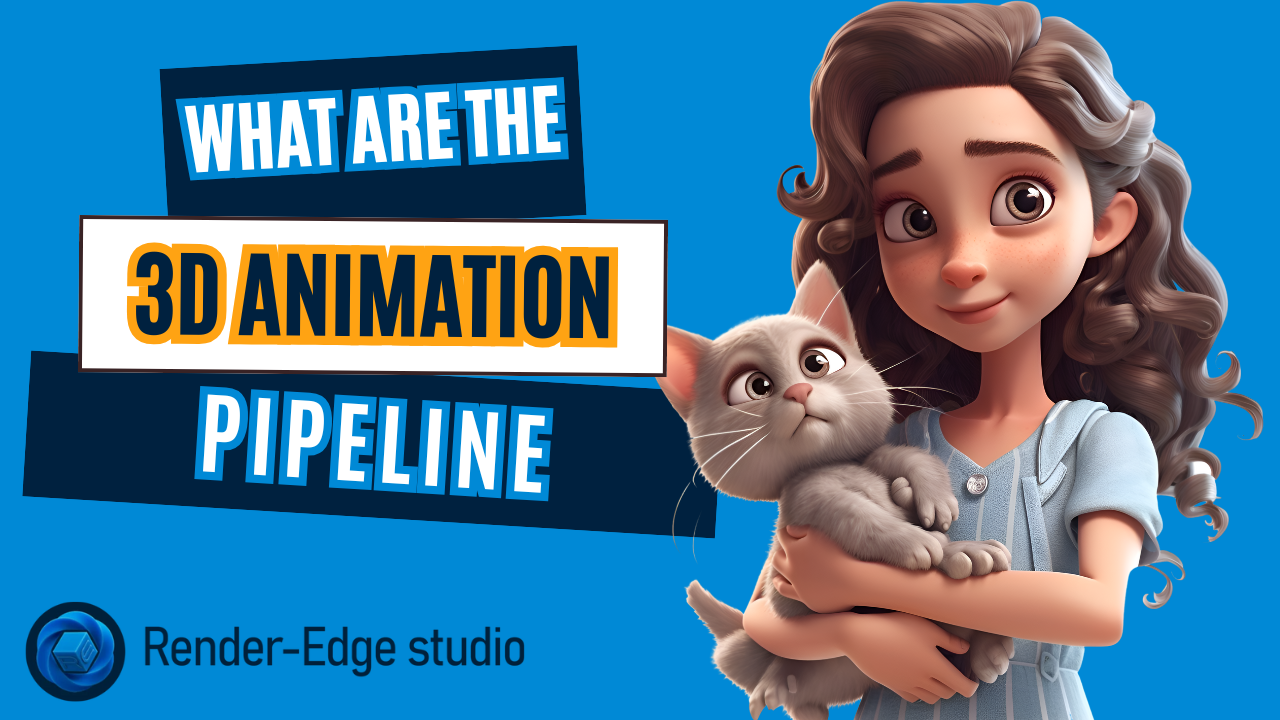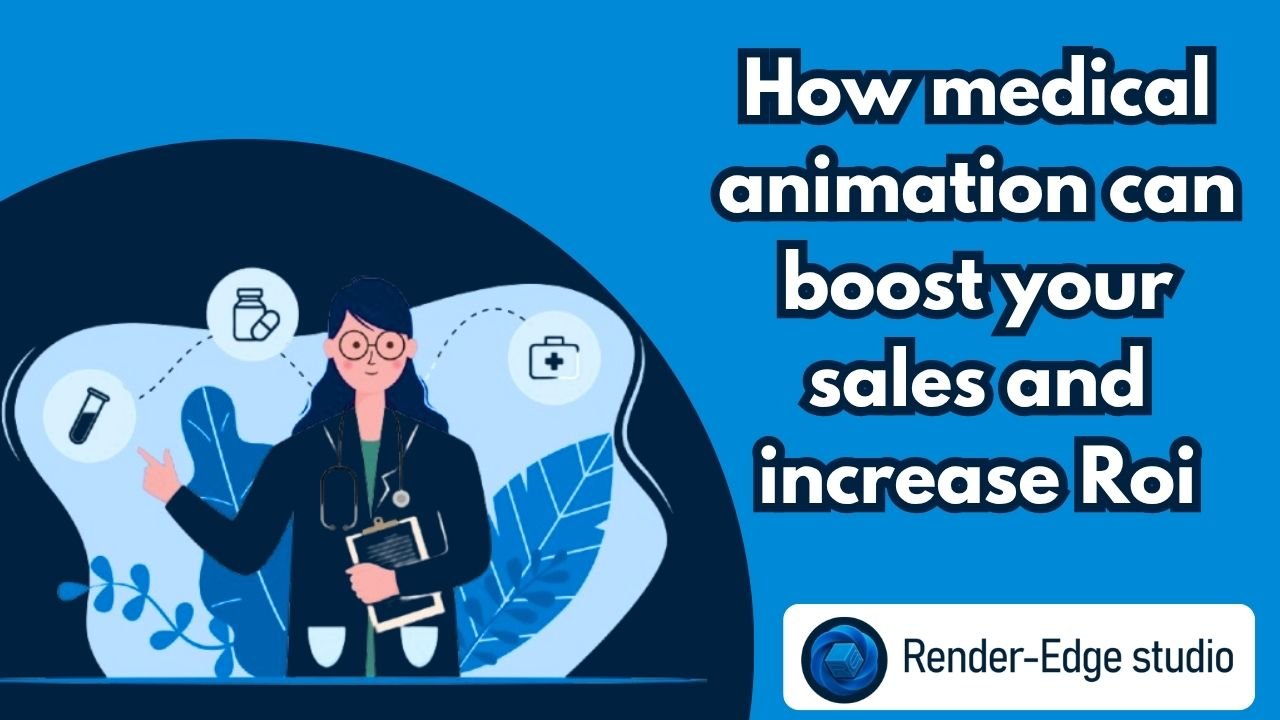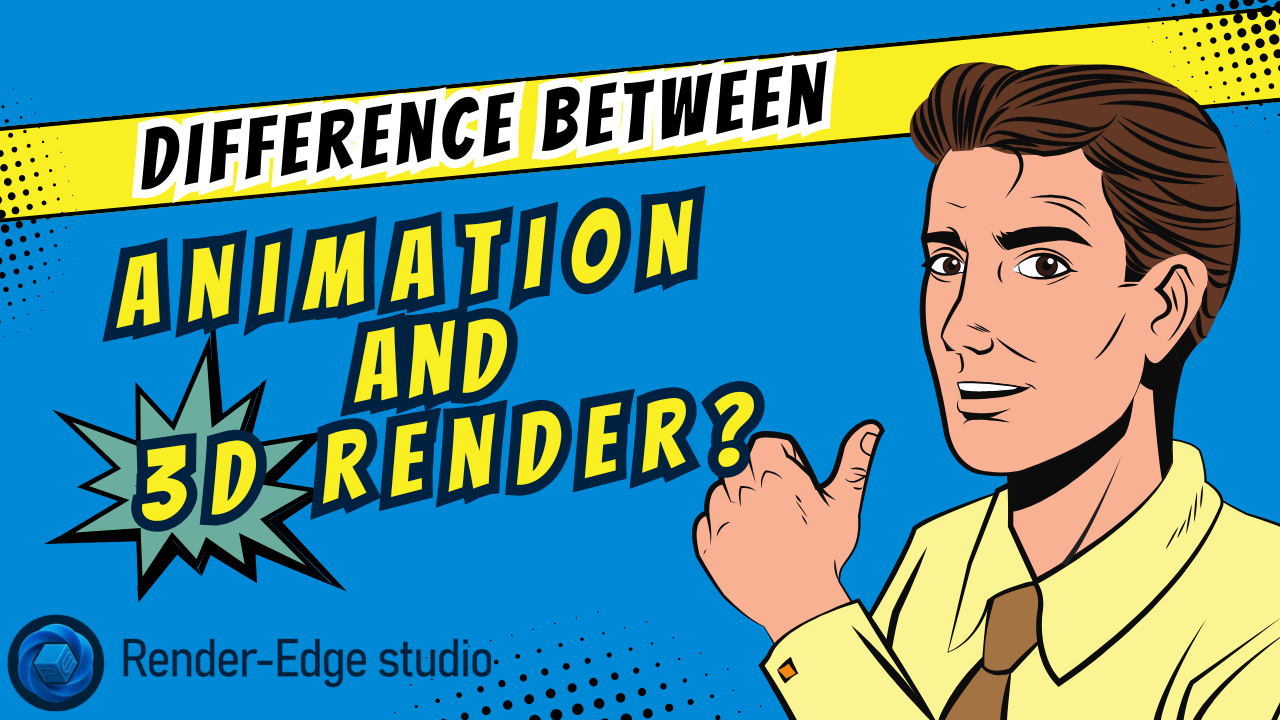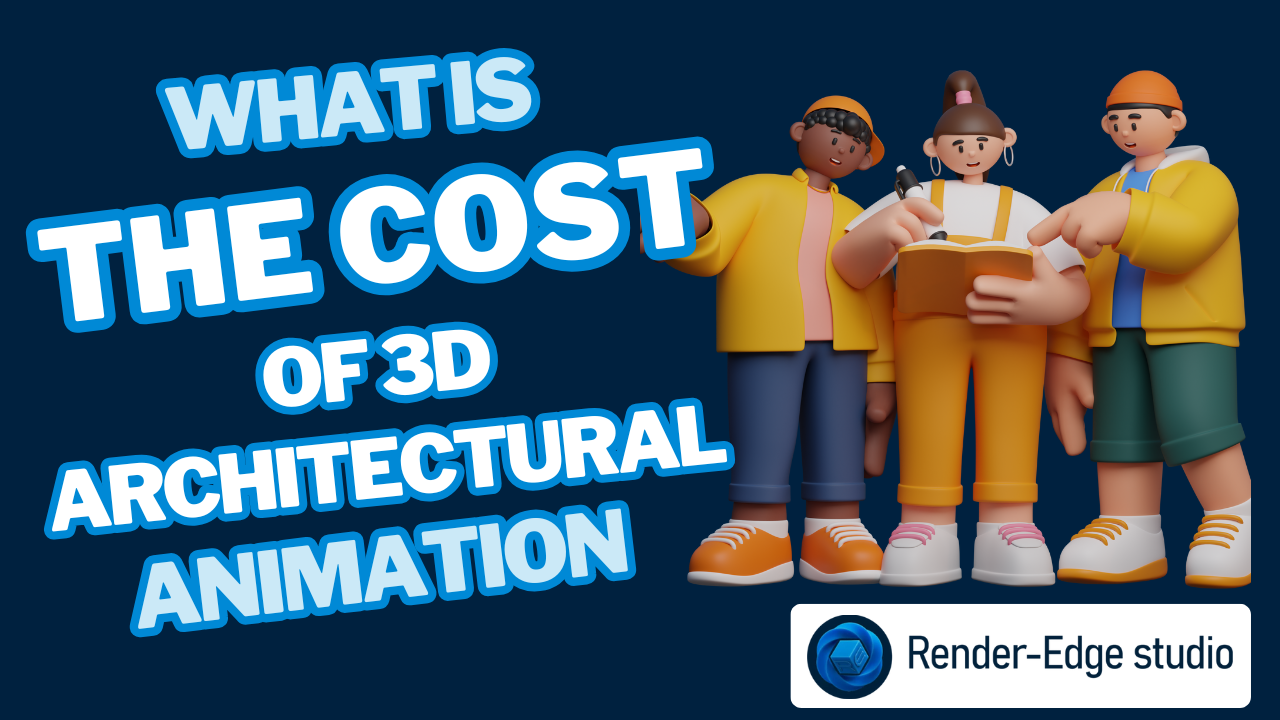The 3D animation pipeline is the answer to the question, “How do they make it look so real?” that comes up whenever you watch a movie, play a video game, or see an amazing product advertisement. Consider it the blueprint that every animator uses to transform a concept from pencil drawings to stunning 3D images displayed on a screen.
Now you know the steps of 3D animation in this article, along with the workflow of 3D production and how everything fits together.
The Importance of Knowing the 3D Animation Pipeline
Consider making a cake without a recipe. It’s likely that you’ll wind up in a mess. Animation is no different. Even the most imaginative concepts can fall apart in the absence of a well-defined animation production process.
That recipe is the pipeline, which keeps the team focused on the same goal, clarifies roles, and organizes the chaos.
3D Animation Pipeline: What Is It?
Fundamentally, the 3D animation pipeline is the methodical procedure that leads a project from idea to finished, screen-ready product.
How does it operate?
Consider it similar to building a house. Pre-production is the first step, followed by production (building the walls and interiors), and post-production (decorating and polishing).
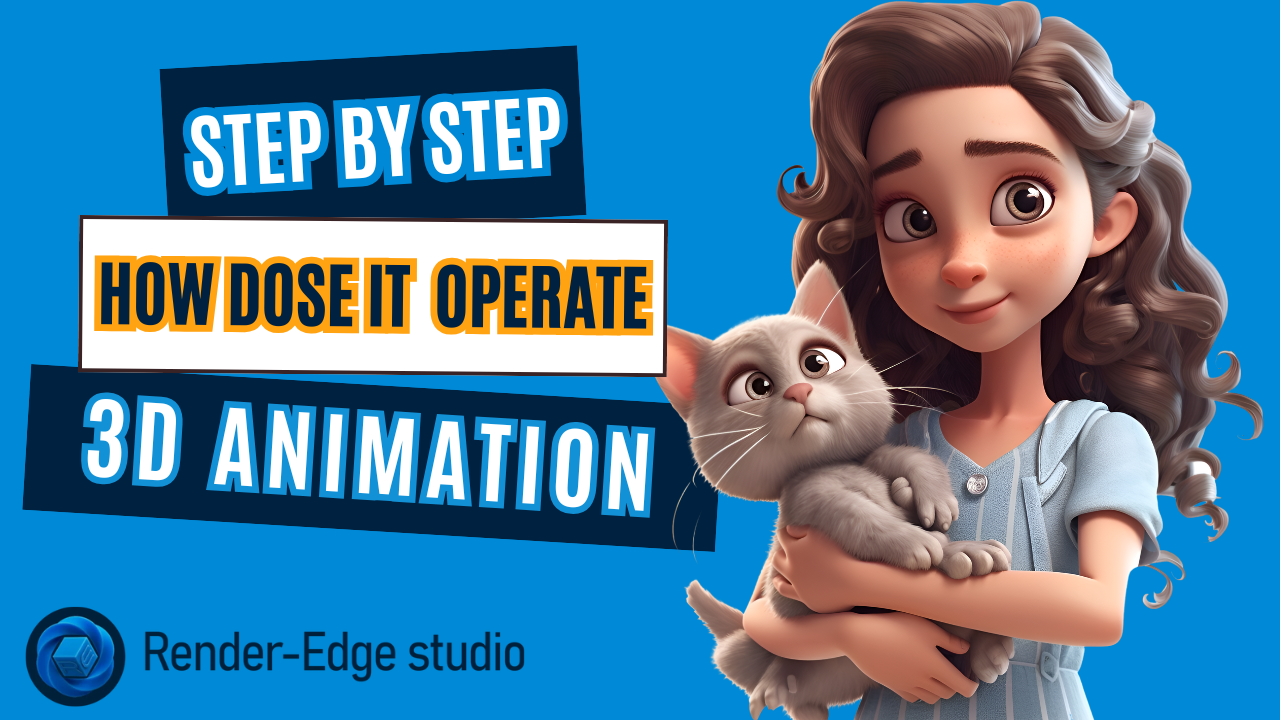
Step 1: Pre-Production
This is the foundation of everything. Without strong pre-production, the whole house (or movie) will crumble.
How Do Concepts and Storyboards Shape the Project?
Every animation begins with an idea. Storyboards and sketches help visualize that idea, breaking down complex stories into digestible frames.
Why Is Scriptwriting So Important in Animation Workflow?
A script is the compass. It gives direction to artists, modelers, and animators. Without it, everyone would just wander around creating disconnected visuals.
Step 2: Production
Here’s where the magic starts. This stage is the heart of the 3D production workflow.
What Is 3D Modeling and Why Is It the Backbone of Animation?
3D modeling is like sculpting clay, but digitally. Artists build characters, environments, and props in 3D space.
How Does Rigging Help Characters Move?
Rigging is the skeleton under the skin. Without it, characters can’t move. Rigging allows animators to bend arms, blink eyes, or make a dragon fly.
What Role Does Texturing Play in Realism?
Imagine a character without skin or a car without paint. Texturing adds surface details—wrinkles, fur, or shiny metal—that make models believable.
How Does Lighting Transform a Scene?
Lighting isn’t just about visibility. It sets the mood. A dark alley feels scary, while soft daylight feels warm.
Why Is Rendering the Final Test of Patience?
Rendering is when computers translate 3D data into finished images. It’s like cooking—you wait, and the oven (render farm) does its work. Sometimes hours, sometimes days!
Step 3: Post-Production
This is where everything comes together into a seamless experience.
What Happens During Compositing?
Compositing blends layers—characters, backgrounds, effects—into one frame. It’s the glue of the animation workflow.
Importance of Editing and Sound Design
Editing trims the fat, while sound design adds soul. Can you imagine Toy Story without sound? Neither can I.
Character Animation Pipeline vs 3D Animation Workflow
While general workflows focus on environments, products, or effects, character animation pipelines are all about life. Every detail—from facial rigging to subtle hand gestures—matters because humans naturally notice flaws in movement.
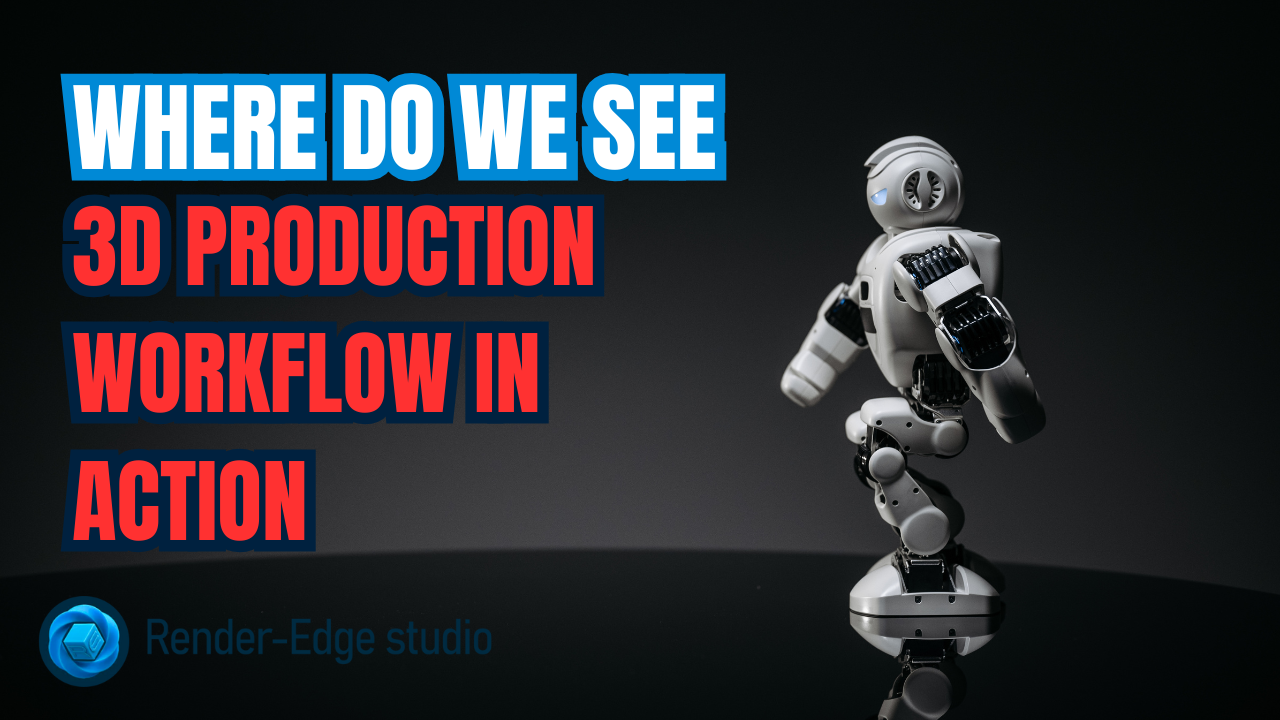
Where Do We See 3D Production Workflow in Action?
3D animation isn’t just for Hollywood. It’s a way to bring any story or idea to life.
Movies and Entertainment
From Frozen to Avatar, films rely heavily on the 3D modeling and rendering process. It’s the foundation that brings imagination to life on the big screen.
Gaming Industry
Games use real-time rendering, so the pipeline is adapted for speed without losing realism. This balance ensures players enjoy visually stunning worlds without lag.
Medical and Product Simulations
Doctors train with animated body models, and brands showcase products before they even exist physically. 3D animation turns ideas into interactive, lifelike experiences before reality catches up.
What Are the Common Challenges in the 3D Modeling and Rendering Process?
Animation sounds magical, but it comes with hurdles. 3D modeling and rendering can be tricky. Artists often face tight deadlines, software glitches, and complex designs that take time to perfect. Even small mistakes can ruin a scene. But overcoming these challenges teaches patience, sharpens skills, and makes the final animation truly rewarding and lifelike.
How Do Teams Solve Workflow Bottlenecks?
Projects often get slowed down by rendering delays, hardware limits, or miscommunication. The solution? Using cloud rendering, managing tasks efficiently, and keeping communication clear and consistent.
Top Tips to Master the Animation Production Process
- Plan Your Workflow: Start with a clear storyboard and timeline to keep your animation organized.
- Master Your Tools: Learn key 3D software features to speed up modeling, texturing, and rendering.
- Focus on Details: Small tweaks in lighting, textures, and motion bring realism.
- Seek Feedback Early: Review scenes with peers or mentors to catch issues before final rendering.
- Practice Consistently: Regular practice builds skill, efficiency, and confidence in handling complex projects.
Why Collaboration Is Key
A pipeline is only as strong as the team behind it. Modelers, riggers, and animators need to work together seamlessly—like a perfectly tuned orchestra.
How to Stay Ahead with AI Tools and Trends
AI-powered tools are now helping with rigging, facial animations, and even optimizing rendering automatically. Keeping up with these innovations helps studios stay competitive and ahead of the curve.
Final Thoughts: Magic of a Seamless 3D Animation Pipeline
3D animation isn’t just a series of technical steps—it’s where creativity comes to life. From that very first sketch to the final rendered frame, every stage builds on the last, creating something truly magical. Whether you’re an aspiring animator, a curious student, or a business exploring 3D production workflows, understanding the pipeline is your key to unlocking this art.
FAQs – 3D Animation Pipeline
1. What are the main stages of 3D animation?
Pre-production, production, and post-production.
2. What is the difference between 3D modeling and rendering?
Modeling creates the structure, while rendering produces the final image or video.
3. How long does the animation production process take?
Anywhere from weeks to years, depending on complexity.
4. What is the role of rigging in the character animation pipeline?
It creates the skeleton that lets characters move naturally.
5. Why is lighting important in the animation workflow?
It sets the tone, mood, and realism of every scene.
6. Can AI speed up the 3D animation pipeline?
Yes, AI helps automate rigging, motion capture cleanup, and rendering.
7. Where is 3D animation used besides movies?
In gaming, education, product design, marketing, and medical training.
8. What is the biggest challenge in the 3D modeling and rendering process?
Rendering time—it can take hours to days for just a few minutes of footage.
Read More About:
Is 3D Animation Easy? 2D or 3D, Find Out How Beginners Can Start

